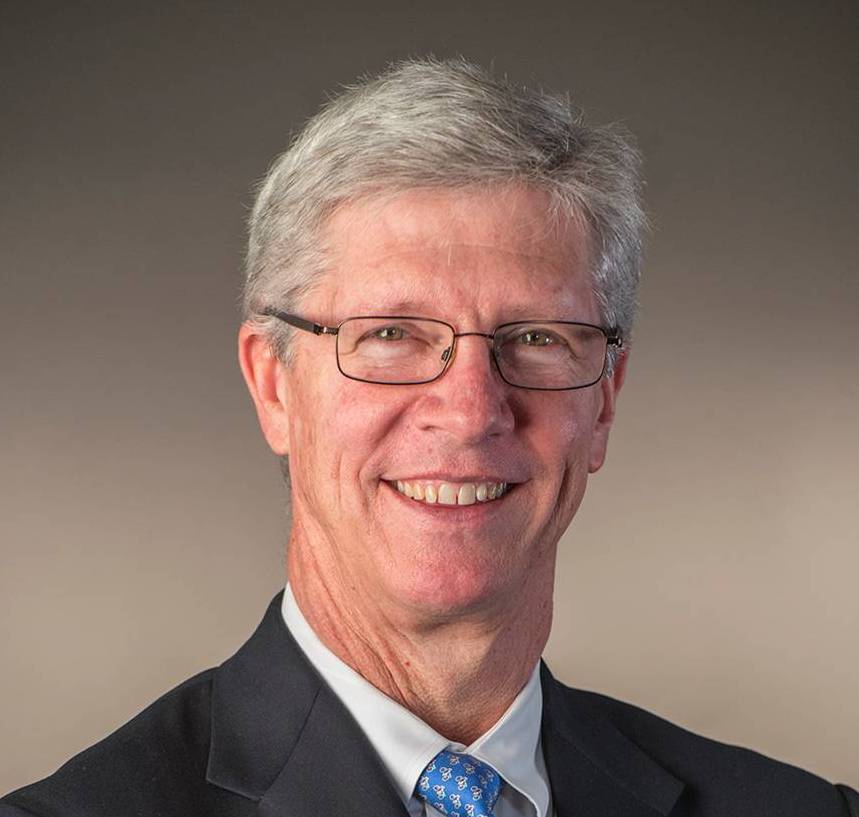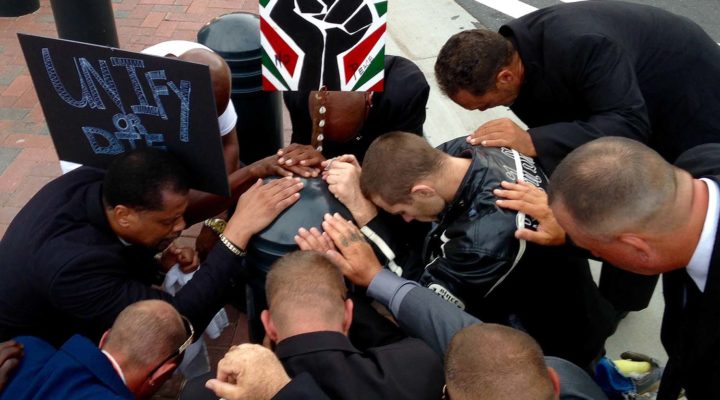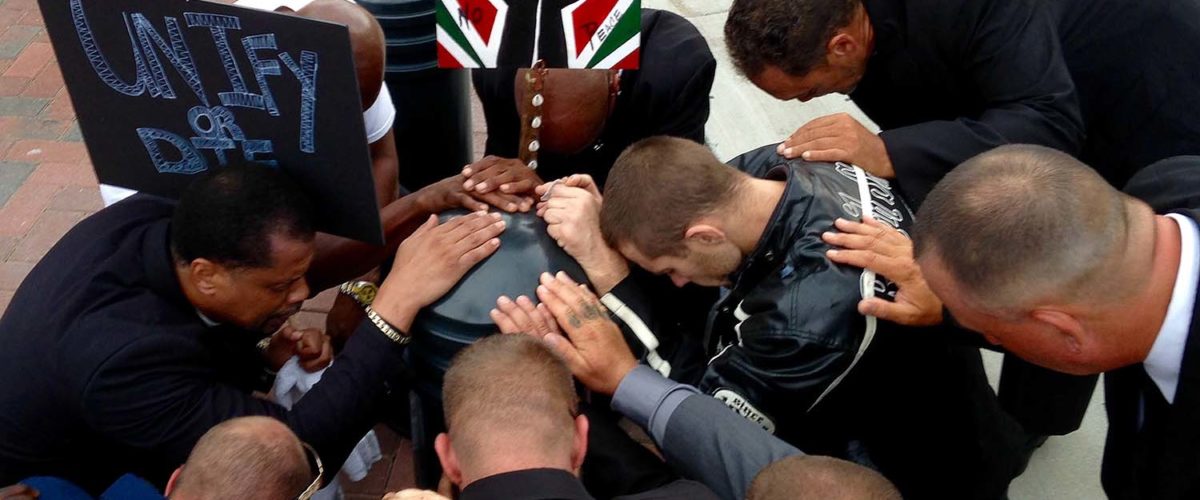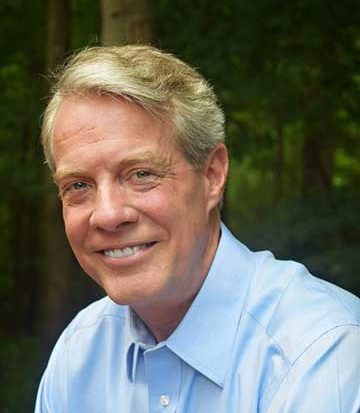It was Charlotte’s turn on Sept. 20, 2016, the day police fatally shot Keith Lamont Scott at an apartment complex. Cops say he was armed. The family said he was reading a book when officers approached.
Just as they had in Ferguson, New York City, Cleveland, Baltimore, North Charleston, Dallas, Tulsa and so many other American cities, demonstrators took to the streets to protest police brutality, demand justice and express anger.
And just as they had done in those and other cities, authorities turned out in huge numbers. Often in riot gear, they lined up in rows against sign- and slogan-wielding protesters.
Residents of North Carolina’s banking and commerce capital could hardly believe their city had become a national news story.
Charlotte’s clergy were equally surprised — and just as disturbed. For the moment, one of the nation’s most painful social issues was threatening their communities and their congregations, in one way or another.

James Howell is the senior pastor at Myers Park United Methodist Church in Charlotte, N.C. (Photo/Myers Park UMC)
“It was shocking to see the kind of thing you see on TV and see it in your own town,” said James Howell, pastor of a 5,000-member United Methodist church in Charlotte. “That’s jarring to see that.”
For many ministers, including Howell, such hard-hitting emotions and images are a call to action. He and many other clergy took to the streets around Marshall Park in Charlotte’s Uptown district, the epicenter of protest.
But he seemed to have been among a small minority of white ministers to do so. Russ Dean thinks so, anyway. He joined marchers for four nights and said he estimated only 40 or so white clergy — and only a fraction of them from big steeple churches — actually marched.
“The number of [white] pastors was small and didn’t represent a cross section of the city,” said Dean, co-pastor with his wife, Amy, of Park Road Baptist Church.
Being among the marchers wasn’t about supporting them or opposing police, necessarily. Rather, it was about showing an increasingly secular culture how and why the church can still be relevant. The presence of evangelical and other conservative Christians would have helped send that message, Dean said.
“We need to be able to put aside whatever theological differences and say these are people who are hurting and we need to hear them,” he said. “That is why Amy and I were out in the streets.”
A ministry of presence
The need was real on the streets. It’s why the Deans, Howell and other clergy were out there. Police had invited clergy to wear clerical collars to serve as a source of calm to the protesters.
But there was a lot more that happened out there than Dean and other ministers expected. The protests turned out to cast them into an ambiguous role somewhere between police and protesters.
Demonstrators weren’t always the ones who needed the calming. There were moments, including one Sunday night, when officers suddenly used harsh tactics.
“Police in shorts and on bikes met us. They were calm. So were the marchers. Then orders came: ‘Move to the sidewalk!’” David Jordan wrote in a blog post for the Baptist Peace Fellowship of North America.
“This order appeared provocative and angry,” said Jordan, teaching pastor at Providence Baptist Church in Charlotte.
The ministers had gathered on the street between marchers and police when the order was issued. The resulting tension was palpable — and skyrocketed when a bus arrived and disgorged 40 additional officers. The streets were blocked off by what seemed like a brigade of police in riot gear.
“They were clearly anticipating something,” Dean said. “There were times when there were standoffs.”
Dean was wearing a white, crocheted clergy stole that was hand made at a seminary in Cuba — one of his most cherished. But he did not feel protected at that moment.
“I wanted to make sure I had a way out. I felt we were on the brink of something happening.”
For Jordan, the experience was all the more reason for the church to bear witness to the serious problem of police-related injustice.
“African-Americans have every right to be hurt, angry, and suspicious.”
In the weeks since those tense evenings, Dean said he has engaged in a back-and-forth with ministers and others through social media. Some gave two thumbs up to his column Baptist News Global column titled “Where are the white clergy on Charlotte’s streets?”
Some didn’t like it so much, saying it was unfair because he didn’t see the many ministers who were on the streets. He sees their point.
But he’s also been wrestling with the implications of marching at the invitation of authorities.
“We did not want to be seen as an arm of the police. I’m not against the police. But being in the streets was to be in the streets with the people.”
Howell, senior pastor at Myers Park United Methodist, said the experience was instructive for him, too. That included watching the effect that riot gear can have on a crowd.
“I wonder if a more militarized police might provoke responses that wouldn’t be there if police weren’t militarized.”
But being there was a must because the demonstrations were an important moment in Charlotte’s life. It’s not about taking sides but about being visible, and listening, during such emotional moments.
“It’s just a ministry of being present,” Howell said.



